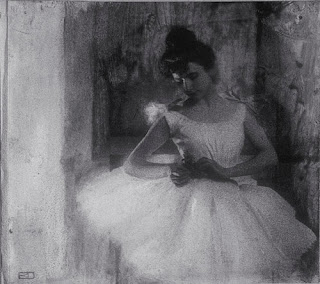The brief:
Plan and execute a set of images of people in some form of activity, sport, work, performance or social event.
The Event
A wedding is the perfect social gathering to execute this Assignment. However I decided that my aim for this was to concentrate on the Bride and Groom. I wanted my shots to be candid, relaxed and informal, almost unaware of my presence. I set about this task using the natural daylight whilst at the Brides home and also the shaded light whilst outside. I also used a little fill light.
Weather conditions
A fine sunny day, warm and no wind.
Narrative can be hard to fulfil. I wanted to capture the love that this couple have for each other and also the excitement of getting ready and leaving home. A day of joy and happiness. A very modern wedding in a Community Church, followed by a BBQ feast and fairground themed reception.
I found myself extremely relaxed during this exercise as I could stand back and observe and capture the style of image I was after. I was lucky enough not to have harsh sunlight to contend with as most of the images were taken indoors with natural light (and perhaps a little fill in here and there)! As I have concentrated mainly on the bride and groom, I do not have clutter (as I call it - unwanted things or people) in my images.
I decided on Black and white for this assignment, as the lighting inside at the reception was difficult to deal with. I have also arranged the images in chronological order of the day from the bride getting ready to the first dance with her new husband.
Getting ready - concentrating on having her make up done, the bride has the final touches of mascara applied before slipping into her gown, she wears very simplistic make-up and minimal jewellery. I like the crop on this image with the focus on the bride as the bridesmaid finishes her makeup.
Concentration - mother of the bride, clipping the veil in place with lots of concentration on her face, the bride appears to be happy about the final preparations.
Leaving home - An ambiguous image of the bride, taken from behind and not seeing the facial expression, how does she feel? This is it as she leaves home for the last time a single woman...
The look of love - a serious look on the grooms face as he looks longingly at his beautiful bride whilst the vicar reads, contemplation on how beautiful she is and how lucky he is! he probably isn't listening as his attention is purely on his wife to be. Another triangle with the 3 people.
Signing the register - A lovely simple shot - almost a triangular pose with her arms as she signs
A fractured leg left the groom on a walking stick, determined not to be in plastic cast for his wedding, each left to their own devices as they walk down the stairs and join together again at the bottom. He looks back to check she is managing. I like the geometry of this with the structured lines and shapes.
An unusual place to have some photos taken, but the bus stop was literally outside the community Church doors, so it made a wonderful quirky location to take a few pictures. - Would have liked the background a little more blurred as the ovens are distracting!
A very relaxed and informal shot of the happy couple sharing a few giggles after the stresses and strains of their day. I like the off centre pose and the expressions on their faces shows just how relaxed they are. A Carefree attitude.
A tearful groom, trying hard not to shed tears to his new wife as he struggles through his speech, more emotions captured, as she looks on with added sympathy towards him.
This is the final image of my assignment. It shows the love and commitment of the happy couple embraced during their first dance together completely at ease with each other with not a care in the world. I love the ease of this image - not sure on the crop though, tried square but it didn't look quite right, maybe I should crop closer to the couple.
Conclusion
I am reasonably happy with the images that I have selected here from the wedding, I have managed to avoid clutter, I think I have framed nicely and done well on my viewpoints and timings. I enjoyed this assignment and felt completely relaxed with the situation I was in. Not so sure that I would be committed to doing it full time as I would imagine it a very stressful job! I also believe that it tells a wonderful story from beginning to the end of the day.












![henri-cartier-bresson-gare[1] henri-cartier-bresson-gare[1]](https://blogger.googleusercontent.com/img/b/R29vZ2xl/AVvXsEjWhO6KBqE4lBRN6LWe9qfL3adsZy3yiBbTed7bg-jbogJssleXsFyPk7RMOWYGj3gBCqbrhpbG_S7e_6ahEAhzd5ainh7FAk1nruGRTyfI_3f0VvKfT7xUpN-RBv93dv1gTxtAdqmsK-c/?imgmax=800)






















.jpg)







